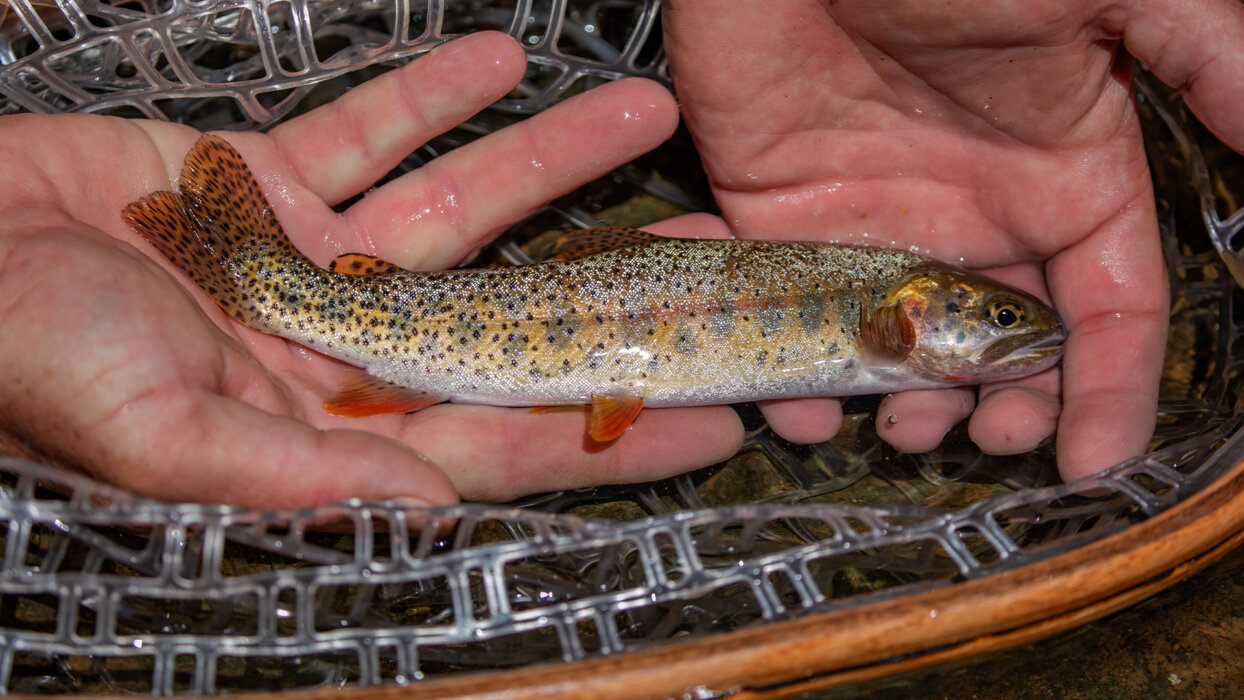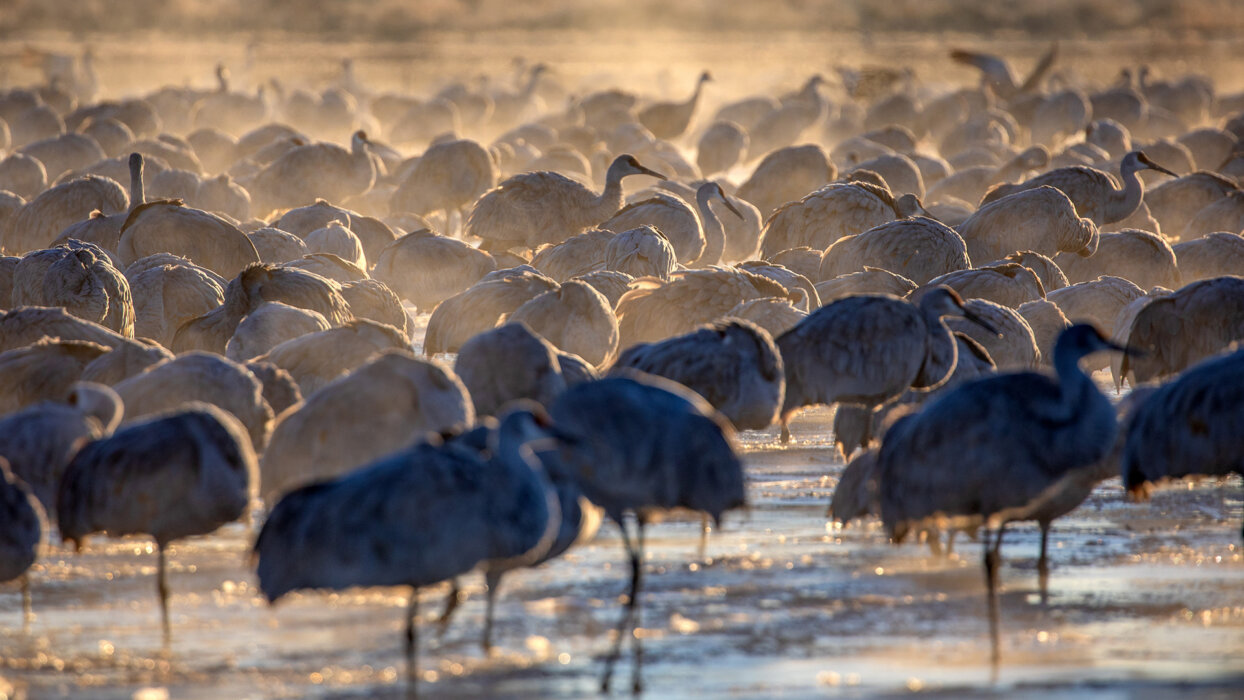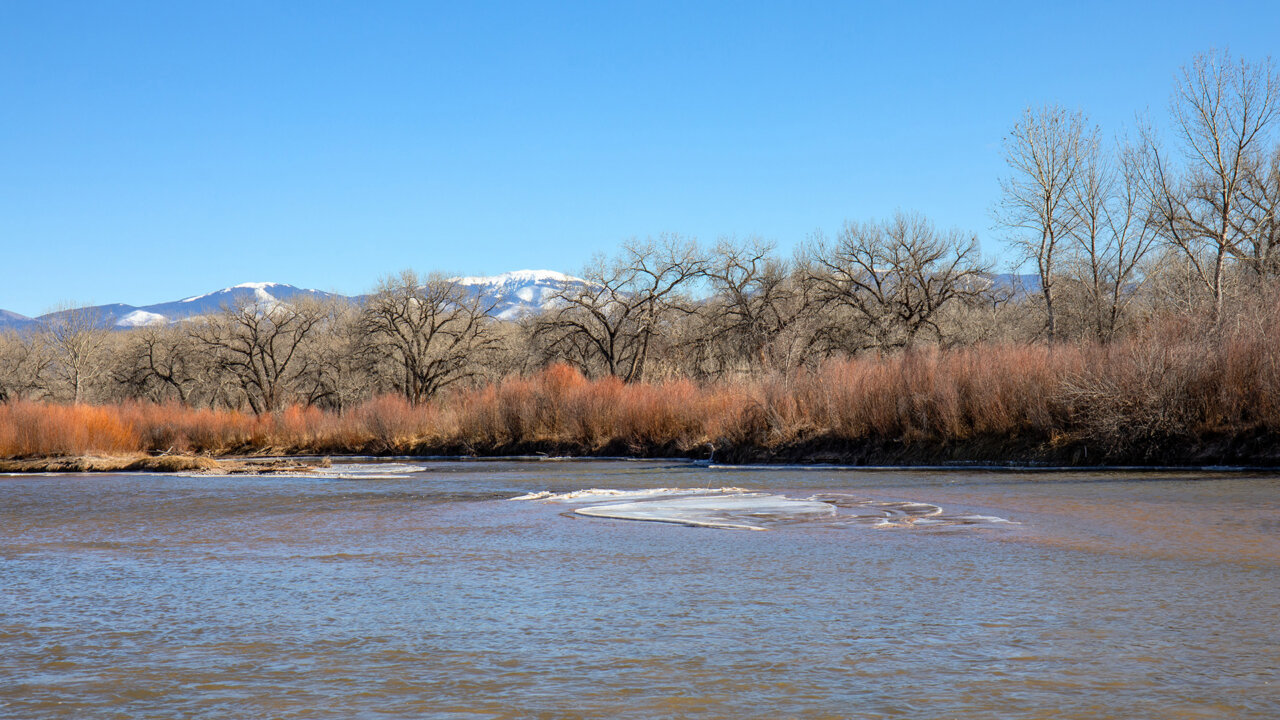
© WWF-US/Diana Cervantes
The Rio Grande is one of North America’s great rivers, flowing nearly 1,900 miles from southern Colorado through New Mexico and along the Texas-Mexico border. It’s a lifeline that provides freshwater for 16 million people and countless species of wildlife. But it’s also one of the 10 most endangered rivers globally. Due to prolonged drought, rising temperatures and extensive agricultural irrigation, the river’s water levels often reach critically low levels. This summer the Rio Grande ran dry in Albuquerque, New Mexico for the third time in four years, offering a sobering glimpse of what the future could hold for freshwater ecosystems across the American Southwest if we don’t act to keep our rivers flowing.

© WWF-US/Diana Cervantes
But there is reason for hope, and it comes with a cute tail and buck teeth. Beavers are more than just charismatic, quirky mammals. They’re ecosystem engineers. With branches, mud, and tireless determination, they build dams that slow rushing water and spread it across floodplains, creating ponds and wetlands teeming with wildlife. These wetlands act like natural sponges, soaking up water during wet periods and slowly releasing it, making rivers—and the communities that rely on them—more resilient during periods of drought.
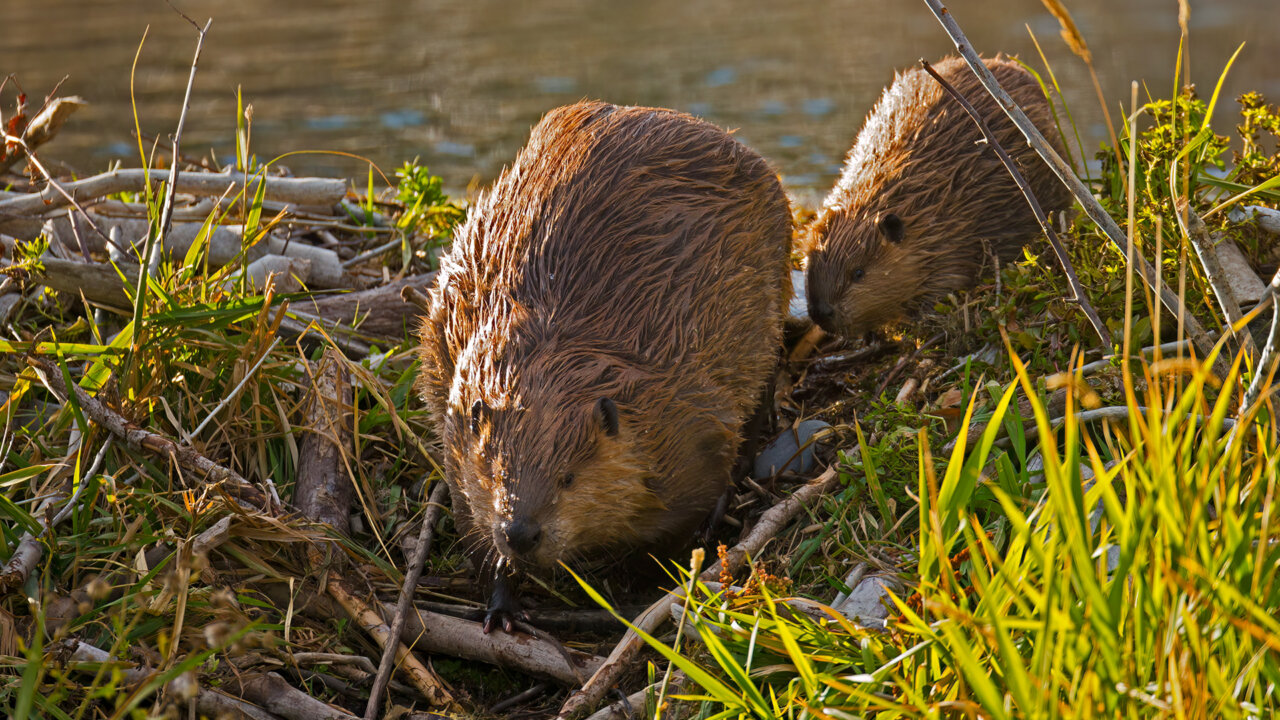
© Don Getty
The benefits that beaver ponds provide ripple across entire ecosystems, supporting hundreds of species from fish like cutthroat trout that thrive in shaded pools, to sandhill cranes that rely on them for water breaks during their long winter migrations.
Beaver dams are so important that when there are not enough beavers around, humans have started picking up the slack by building beaver dam analogues (BDAs). BDAs are human-built structures designed to mimic the shape and function of natural beaver dams. Made of wooden posts, branches, and sediment, BDAs are low-tech, cost-effective, and surprisingly powerful.
That’s exactly what’s happening in New Mexico through the work of Rio Grande Return in partnership with landowners, tribes, and conservation organizations like WWF, who are restoring the Rio Grande and its tributaries using nature-based solution.
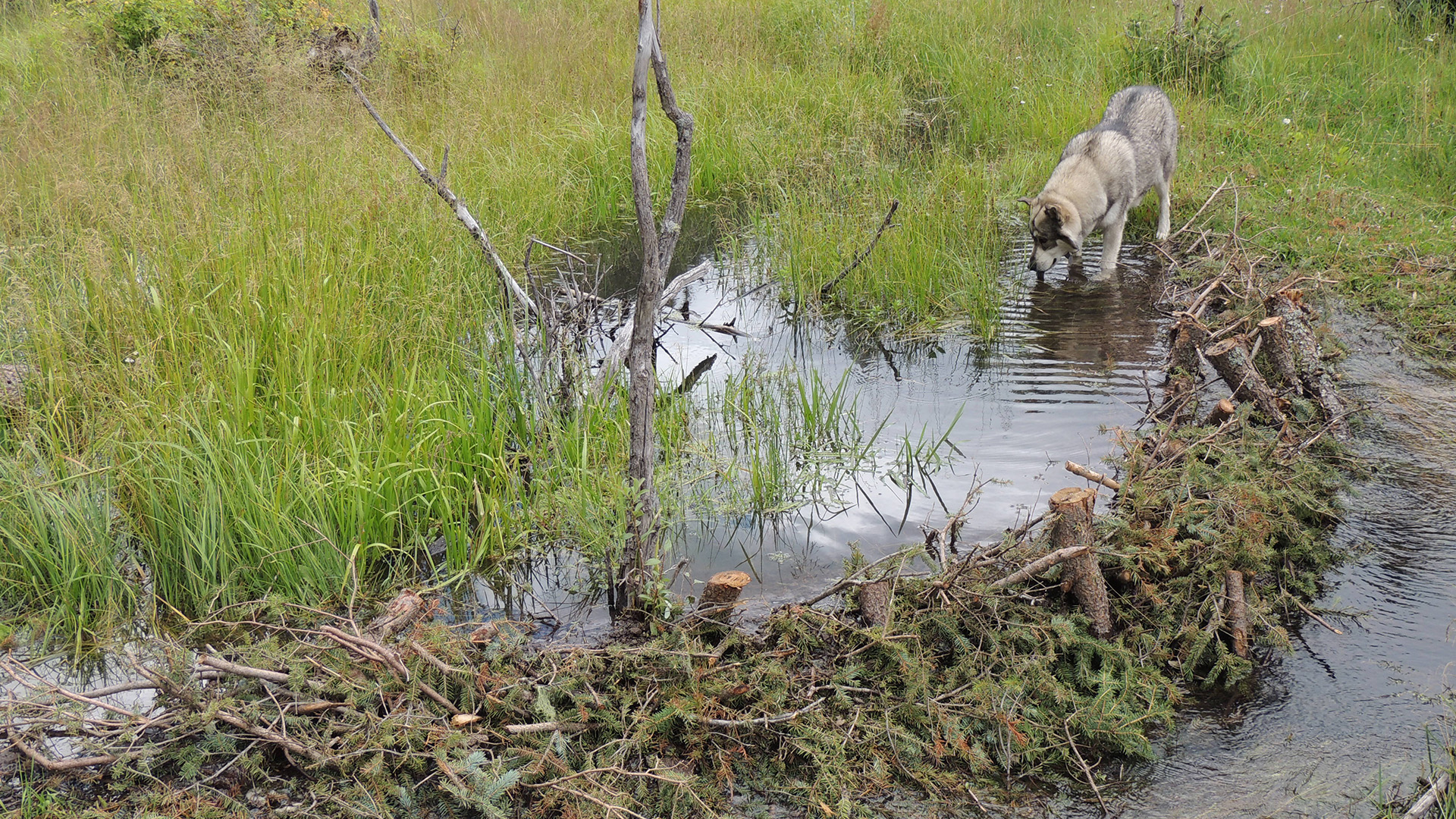
© WWF-US/Madalen Howard
The first step to any successful BDA is choosing the right location. Crews scout out areas that once supported vibrant wetlands but are now dry. Then, using hand tools like axes and small chainsaws, they gather nearby materials to create wooden posts that they drive into the streambed in a line across the channel. These posts form the backbone of the structure, much like the framework of a fence. Next, crews weave branches and other locally sourced brush between the posts, creating a semi-permeable barrier. This mimics the tangled sticks and logs of a natural beaver dam. Finally, they fill in gaps with mud and other nearby sediment, slowing the flow of water while still allowing fish to pass through.

© WWF-US/Diana Cervantes
Once the BDA is in place, crews step back and let the stream do the rest of the work. Flowing water deposits more sediment, vegetation takes root, and the structure begins to look and function like a natural beaver dam. In some cases, real beavers are drawn back to the site, helping to expand and maintain the work of the crews. The returning beavers will even patch up any spots humans may have missed, they are the experts after all!
This process is purposefully low-tech. It doesn’t require heavy machinery or expensive materials, just local wood, natural sediment and a willingness to work together with nature.
By slowing down streams, BDAs allow water to spread out and soak into the surrounding land where it will be stored for later use throughout the year. This helps reestablish wetlands, increase the amount of water available for use year-round, and supports plants and animals that live along rivers and streams. Over time, BDAs can turn a dry channel into a vibrant wetland and even attract beavers—nature’s original ecosystem engineers—back to an area.
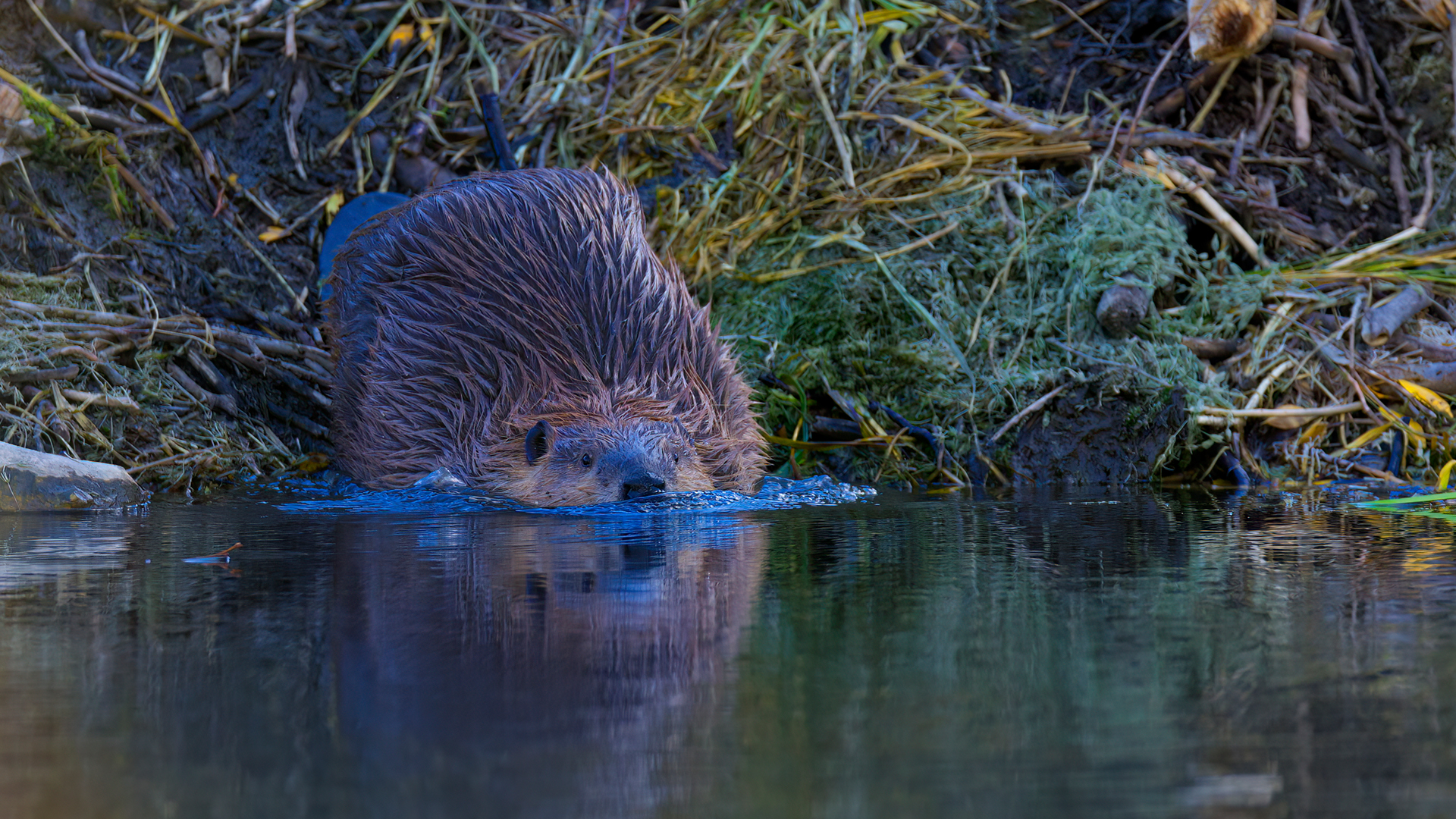
© Don Getty
With a little inspiration from nature, we’re helping secure a healthier future for the watershed, for the wildlife that depend on it, and for the people who call the Rio Grande home.

